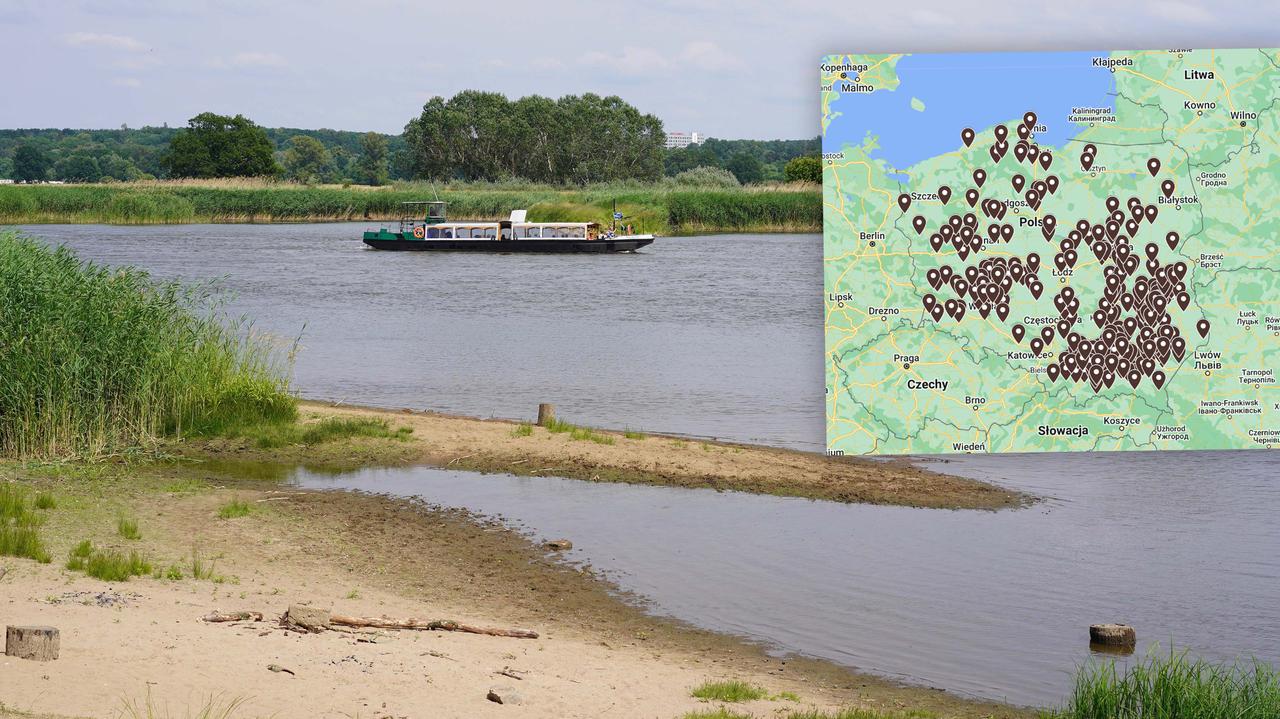One of the unknowns was why different types of networks were able to maintain their amazing stability. Take for example real world networks, which often have a mixture of intermediate nodes, and are usually poorly connected with those with many connections. These nodes can be connected 10, 100, or even 1,000 times more often than usual.
Read also: The computer can run with the language. The new gadget will turn your mouth into a computer mouse
The detailed arrangements in this case were the main subject of the publication that appeared in the journalnature physics. Behind them are scientists from Bar-Ilan University in Israel. Thanks to them, it turned out that Robert May had a missing item in his accounts. But wait, who was Robert May? This Australian scientist made history by researching various fields, such as epidemiology and biomathematics. In 1972, he mathematically showed that an increase in biodiversity leads to a decrease in environmental stability.
In practice, this meant that an ecosystem that was too large might have problems maintaining stable functions after a certain level of biodiversity was reached. In such conditions, even relatively small changes can lead to its breakdown.
Attempts to understand how networks work were made by Robert May in the 1970s
Decades later, scientists from Israel intervened. In their view, the missing piece of the 1970s puzzle was that interaction patterns in social, biological and technological networks are largely non-random. Random networks tend to be homogeneous, while the nodes in these networks tend to be similar.
This extreme variability can be seen in almost all networks around us, from genetic networks to social and technological networks. For more context, consider the example of a Twitter friend who has 10,000 followers, a thousand times the average. In everyday terms, if the average person is about two meters tall, such a 1000-fold deviation would be equivalent to meeting an individual two kilometers tall, which is obviously impossible. But this is what we see every day in the context of social, biological and technological networks. explains lead author of the study, Baruch Barzel
Read also: They design super stable materials. Thanks to the new method, up to 10,000 of them have been created
By following this path, large, usually heterogeneous, complex networks not only can but should be stable. By understanding why this is so, new guidelines for designing resilient infrastructure networks can be generated.

Echo Richards embodies a personality that is a delightful contradiction: a humble musicaholic who never brags about her expansive knowledge of both classic and contemporary tunes. Infuriatingly modest, one would never know from a mere conversation how deeply entrenched she is in the world of music. This passion seamlessly translates into her problem-solving skills, with Echo often drawing inspiration from melodies and rhythms. A voracious reader, she dives deep into literature, using stories to influence her own hardcore writing. Her spirited advocacy for alcohol isn’t about mere indulgence, but about celebrating life’s poignant moments.






